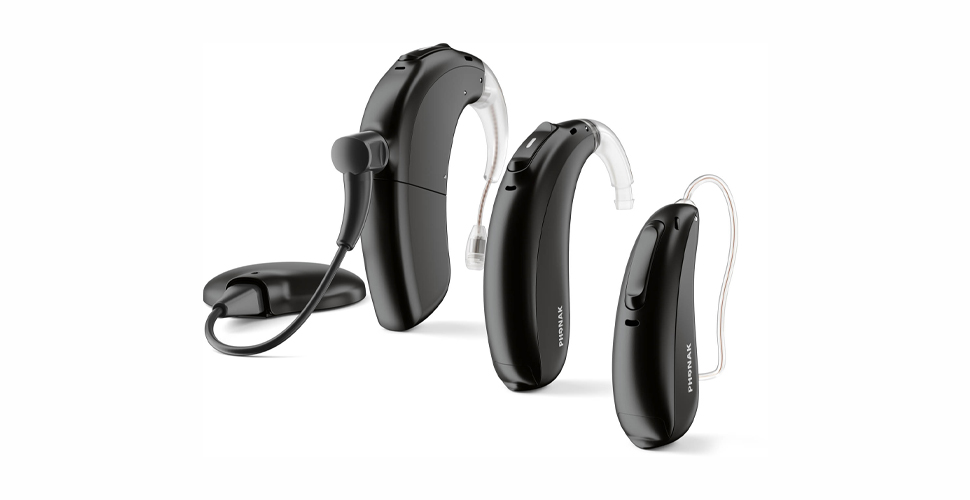
How to Choose a Hearing Aid: A Step-by-Step Guide
Hearing aids have come a long way with advancements in technology, offering improved sound quality, comfort, and discreet designs. However, choosing the right hearing aid can feel overwhelming due to the variety of options available. To help you make an informed decision, here’s a comprehensive guide on how to choose the best hearing aid for your needs.
1. Get a Professional Hearing Test
The first step is to visit an audiologist or hearing care professional for a thorough hearing evaluation. They will assess the type and degree of your hearing loss and recommend the most suitable hearing aid options.
2. Understand Your Hearing Loss Type
Hearing aids are designed to address specific types and severities of hearing loss:
- Mild to moderate hearing loss: Many styles, including behind-the-ear (BTE) or in-the-ear (ITE), can be effective.
- Severe to profound hearing loss: Power BTE or cochlear implants may be recommended.
Knowing your hearing loss profile will narrow down your choices.
3. Consider Different Hearing Aid Styles
There are several styles of hearing aids:
- Behind-The-Ear (BTE): Fits behind the ear with a tube leading to an ear mold. Suitable for most hearing loss types and very durable.
- Receiver-In-Canal (RIC): Similar to BTE but smaller and less visible. Comfortable and popular.
- In-The-Ear (ITE): Custom-made to fit inside the outer ear. Easier to handle but less discreet.
- In-The-Canal (ITC) and Completely-In-Canal (CIC): Smaller and less visible but with fewer features and shorter battery life.
Choose a style that fits your lifestyle, dexterity, and cosmetic preferences.
4. Evaluate Features That Matter to You
Modern hearing aids come with many features. Consider what’s important to you:
- Noise reduction: Helps reduce background noise in busy places.
- Directional microphones: Improve hearing in noisy environments.
- Connectivity: Bluetooth compatibility to connect with smartphones or TVs.
- Rechargeability: Avoid changing batteries frequently.
- Telecoil: Useful for hearing on phone calls or in public venues with hearing loops.
Discuss these features with your audiologist based on your daily needs.
5. Budget and Insurance Coverage
Hearing aids vary widely in price, depending on technology level and features. Check if your insurance covers hearing aids and ask about payment plans or financing options. Remember, investing in a quality hearing aid can significantly improve your quality of life.
6. Trial Period and Warranty
Choose a hearing aid provider that offers a trial period so you can test the device in real-life situations. Also, check the warranty and aftercare services, including follow-up adjustments and repairs.
7. Get Support and Training
Adapting to hearing aids takes time. Many providers offer auditory training and counseling to help you get the most out of your hearing device.
Final Thoughts
Choosing the right hearing aid is a personal journey that combines professional advice with your preferences and lifestyle. By understanding your hearing loss, exploring styles and features, and working closely with a hearing care professional, you can find a hearing aid that helps you reconnect with the world around you.
If you suspect hearing loss or want to upgrade your hearing aids, schedule a consultation with an audiologist today.
